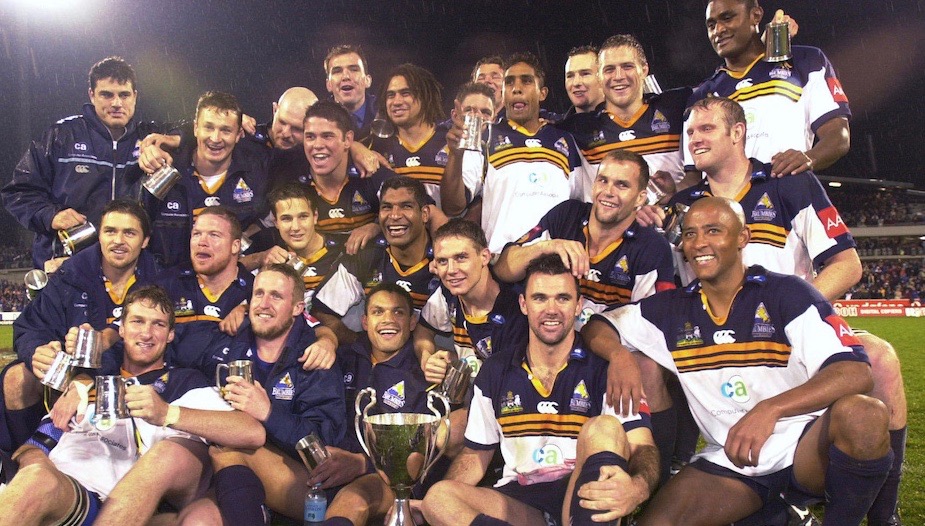
The 2023 ACT Brumbies were a tight group on and off the field. Can they survive the brave new centralised world? Photo: File.
The Brumbies are the most accomplished Australian Super Rugby franchise by a country mile. The worry is that they could be penalised for their success after Rugby Australia announced plans for a ‘centralised’ model from 2025, moving closer to the system used in Ireland and New Zealand.
This would bring the five professional Australian teams under the control of Rugby Australia. This includes the contracting of players and coaches.
The centralisation of the commercial operations of rugby in Australia at the professional level has been speculated on for some time and should come as no surprise.
The Brumbies, and the Canberra rugby community, have thrived on the rivalry with the better-resourced teams, such as the Waratahs and the Reds.
To a certain degree, the Wallabies’ lack of success is the catalyst for this change as the centralised systems in Ireland and New Zealand are admired as the benchmark.
And that’s the problem for the Brumbies.
Will the Brumbies’ talent pool be cannibalised to bolster the Waratahs, the Reds, the Rebels and the Force?
Until now, there has been intense rivalry between the five franchises but the Brumbies are the only Australian team to win two Super Rugby titles when the competition has included New Zealand sides.
The Brumbies’ success has been attributed to a superior program, which has been the envy of their four rivals.
Under the centralised model, Rugby Australia would likely have greater control over player distribution.
Nick White, being shipped off to the Western Force for the 2024 season, is a case in point. This has been done to ensure both he and Ryan Lonergan get more game time, with Lonergan staying at the Brumbies.
This move was seen by many with an interest in Canberra rugby as Rugby Australia flexing its muscles. Rugby Australia decided where Wallabies players should be located rather than where the Wallabies want to play.
It would appear most want to play with the Brumbies because of the rugby program on offer.
One can only imagine the pressure the more powerful states could apply to secure talent from the Brumbies.
The other question relates to the control Rugby Australia will have over the location of the five Australian Super Rugby teams.
There have been suggestions in the past that the governing body was looking to relocate the Brumbies because of the smaller commercial base in Canberra.
Rugby Australia has moved to play down those fears, which will satisfy ACT Rugby officials for now, but they will need to be on their guard. The Brumbies’ balance sheet has also been borderline for some time.
Will the new centralised model improve the Brumbies bottom line, or will the financial position be used as a reason for relocation?

The Brumbies after winning the Super Rugby title in 2004 at Canberra Stadium. Photo: Brumbies.
The Brumbies have worked hard to align with the Canberra grassroots rugby community, including allocating players to the six John I Dent Cup teams, which has strengthened the competition considerably.
Will this allocation of players change under the centralised system?
So many questions remain unanswered. We can only hope that rugby in Canberra doesn’t suffer because of decisions made from further afield.





















